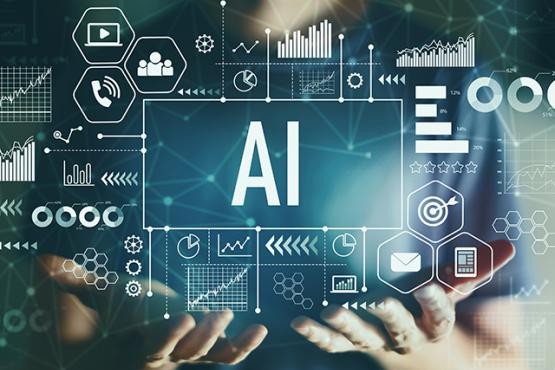The convergence of **artificial intelligence (AI)** and **Web3** is transforming the digital world, ushering in a new era in which decentralized systems and intelligent algorithms work together. As blockchain technology progresses beyond cryptocurrencies, AI emerges as the catalyst for making Web3 smarter, more adaptable, and highly efficient. These technologies are altering how data, economics, and digital ownership work.
Web3 is fundamentally based on decentralization, which allows people to own their data, assets, and identities. However, the complexities of blockchain interactions, from administering smart contracts to evaluating huge on-chain data, frequently impede accessibility. Here’s where AI comes in. By automating procedures and offering intelligent insights, AI improves decision-making and usability on decentralized networks.
One of the most visible applications of AI in the cryptocurrency realm is **trading and portfolio management**. Advanced AI-powered bots scan massive volumes of real-time data to find patterns, forecast market trends, and execute trades faster than humans ever could. These systems respond dynamically to volatility, allowing traders in decentralized finance (DeFi) markets to manage risks and optimize strategies more effectively.
Beyond trade, AI is revolutionizing **decentralized governance and automation**. In Web3 ecosystems, decentralized autonomous organizations (DAOs) make choices through community voting. AI can assess proposals, detect fraudulent activity, and make data-driven recommendations to improve transparency and fairness in governance. Similarly, AI-powered smart contracts can self-adjust based on external data, increasing automation while reducing human error.
Another ground-breaking field is **data management and security**. As billions of transactions pass via blockchains, AI aids in the efficient processing and interpretation of this data. Machine learning models can detect suspicious activity or abnormalities that suggest hacks, scams, or wash trade, which improves trust and security in decentralized networks. When combined with blockchain’s immutable records, AI ushers in a new era of predictive and proactive cybersecurity.
AI is also driving innovation in **content production and metaverse**. Web3’s creative economy depends on NFTs, virtual worlds, and decentralized social networks. Using AI-generated art, music, and storytelling, producers may create individualized, interactive digital experiences that are blockchain certified. This combination of AI creativity and blockchain legitimacy empowers artists and developers like never before.
Meanwhile, **AI agents** are starting to function autonomously in blockchain environments, completing complicated tasks like liquidity optimization, asset rebalancing, and cross-chain data exchange. Projects such as Fetch.ai and SingularityNET are leading the way, demonstrating how decentralized AI networks can power global digital markets without centralized authority.
Looking ahead, the combination between AI and cryptocurrency is poised to shape the future of **Web3 infrastructure**. Smarter protocols, self-learning dApps, and AI-managed blockchains will improve the decentralized web’s scalability, security, and usability.
In short, AI and blockchain are more than just complementary technologies; they are merging to form an intelligent, decentralized internet. As AI and crypto collide, Web3 is evolving into a smarter, fairer, and more efficient digital world in which automation and autonomy are the new norm.

Leave a Reply